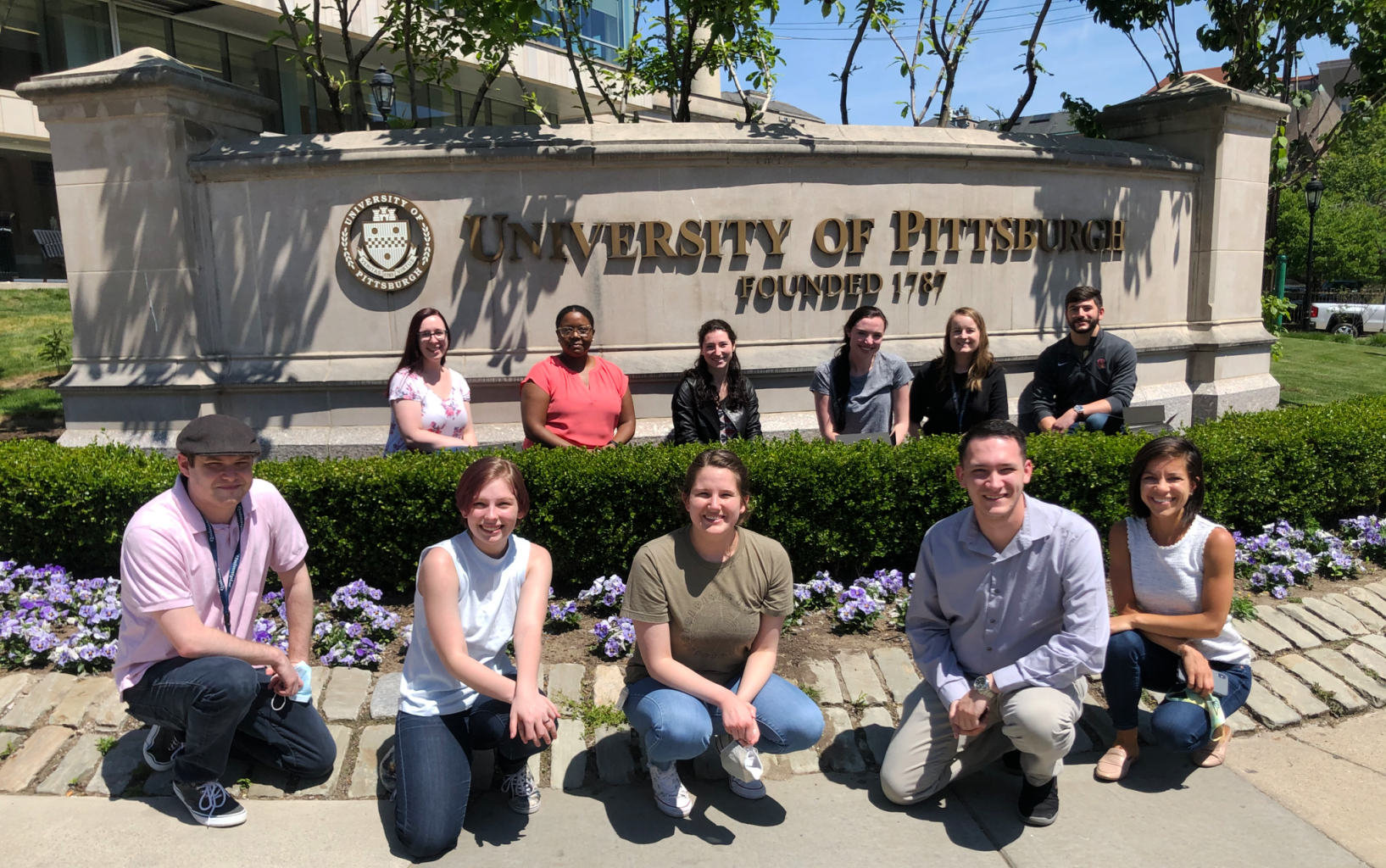
Research expertise within the Department of Infectious Diseases and Microbiology is in various aspects of infectious diseases and host-pathogen interactions, including the pathogenesis of microbial infections at the cellular and molecular levels as they relate to developing methods for disease prevention. Results of landmark clinical trials the department has conducted over several decades have led to significant advances in the fight against infectious diseases including polio and HIV/AIDS.
Historic Research Highlights
- Ground-breaking, placebo-controlled clinical trials on passive immunization with immunoglobulins against poliovirus that helped the development of the Salk polio vaccine
- Discovery of California encephalitis virus
- Discovery of dengue virus types 3 and 4
- Discovery of adeno-associated virus, which is important for use as a viral vector for gene therapy
- Discovery that cytomegalovirus (CMV) was transmitted via organ transplantation
- Founding the Pitt Men's Study in 1983, part of the Multicenter AIDS Cohort Study, the largest and longest-running study of HIV-1 and AIDS, which has made major findings on the natural history of HIV-1 infection that have been critical for the development of effective treatment and prevention strategies
- Developing a test to measure the level of Epstein-Barr virus (EBV) in blood, which has been used extensively to control and prevent post-transplantation lymphoproliferative disease, a serious EBV-related consequence of solid organ transplantation
- Determining a cell receptor gateway for infection of B lymphocytes, dendritic cells and macrophages with Kaposi's sarcoma-associated herpesvirus, also known as human herpesvirus 8 (HHV-8)
- Provided conclusive evidence that semen from HIV-infected men carries large amounts of virus, and that antiretroviral treatment dramatically reduces the viral load in semen, thereby lowering HIV-1 transmission
- Conducted research that was instrumental in supporting policies for prevention of HIV-1 transmission by treatment of wastewater
- Determining that a single, “viral load” measure of the amount of HIV-1 in a patient’s blood could predict the subsequent risk of AIDS up to 10 years later, which is used world-wide as the most important determinant of clinical HIV-1 status
- Discovery that professional antigen presenting cells in the small percentage of HIV-infected persons who are able to control and prevent disease progression without antiviral drug therapy, have a unique, low level of cholesterol that renders them unable to trans-infect their T cells
Current Research Strengths
- HIV-1 immunopathogenesis and immunotherapies towards a cure)
- Complications of anti-HIV-1 therapy
- AIDS education and prevention
- Herpesviruses
- Tuberculosis
- Hepatitis viruses, Rift Valley fever virus, dengue virus, and anellovirus